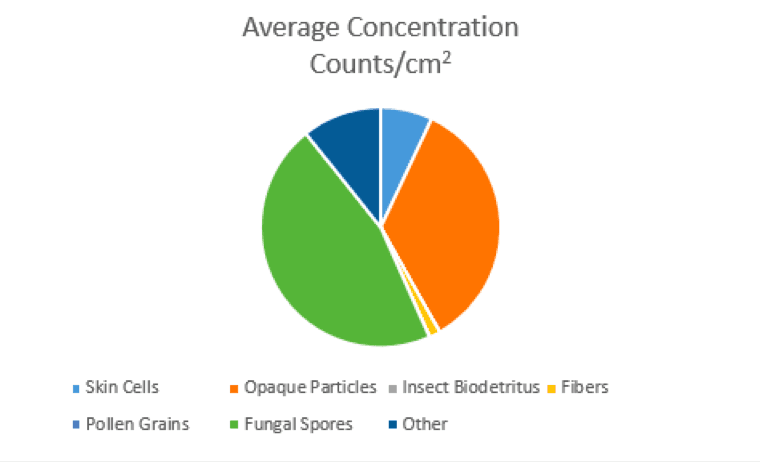In collections of entertaining facts, you can find information that house dust consists mainly of human skin. We decided to check whether this statement is true.
Information that dead skin is basic dust component meet in many collections interesting facts in Media and even on resources with medical information. The figures vary: some sources report that the skin amounts to 70% house dust, in others - up to 90%.
Our body is constantly updated. Every second, about 3.8 million cells die and appear in it, about 330 billion per day. Each type of cell has its own “lifespan”. Yes, intestinal cells live about 10.7 years, epithelial cells for only five days, and retinal cells for the entire human life.
Leather, the largest human organ, consists of the epidermis (surface layer) and dermis (inner layer). For a complete renewal of the epidermis required from 40 to 56 days. per hour dies off and an average of 200 million skin cells are exfoliated. Total per day dies off from 0.72 to 0.18 g of skin. Some of the dead cells, as you might guess, are retained for some time by clothing, while the other part ends up in the environment, including becoming dust. In addition to leather, house dust includes microparticles of paint, fabric fibers, mold, various building materials, pollen, bacteria, viruses, dead cells of other organisms (pets and insects), ash, soot, soil particles and a variety of minerals. All these elements are part of dust discovered Canadian scientists collected samples from 1,025 urban homes across the country.
American scientists installed, that approximately 60% of dust consists of particles brought from outside the room, that is, from the street, and 40% of dust components are produced inside the house. This is already less than the declared 70%, but human skin is not the only “internal” source of dust.
Scientists from the Eindhoven University of Technology in the Netherlands calculated that the most skin cells are found in the dust that accumulates in mattresses. Depending on the type of filling, dust from the mattress may contain up to 53% of dead epidermal cells. There is also a high percentage of dead cells in dust from chairs and sofas. At the same time, about half dust particles less than 100 micrometers in size are dead skin, but among particles from 100 to 300 micrometers, skin makes up only 20%.
Researchers from the non-profit CABA project, which promotes smart building technologies, analyzed 5,197 dust samples collected in 48 US states between 2007 and 2017. Human skin cells made up only a small proportion of the samples studied (marked in light blue in the diagram).

In general, it is almost impossible to derive a universal value for what percentage of dust is human skin. Availability of carpets increases the total amount of dust contained in the house. Pets are also a significant contributor to dust. The amount of dust will also vary depending on the climate zone, time of year, weather outside the window and how often residents go outside and return back indoors.
Thus, the popular figures of 70%, 80% and 90% are greatly inflated. Mattresses and sleeping places contain the most skin cells in the dust, however, even in them the content of dead epidermis reaches only 53%, while in other places of the house there is much less skin in the dust.

Not true
Read on the topic:
- Is it true that a person’s ears and nose grow throughout their lives?
- Is it true that different areas of the tongue are responsible for the perception of different tastes?
If you find a spelling or grammatical error, please let us know by highlighting the error text and clicking Ctrl+Enter.






